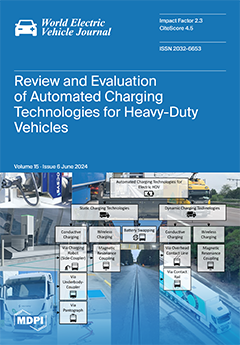To determine a vertical cooperation strategy and address the optimal pricing problem of the electric vehicle (EV) supply chain, a supply chain system consisting of two competing EV manufacturers (M
1 and M
2) and a battery supplier is studied. Firstly, three
[...] Read more.
To determine a vertical cooperation strategy and address the optimal pricing problem of the electric vehicle (EV) supply chain, a supply chain system consisting of two competing EV manufacturers (M
1 and M
2) and a battery supplier is studied. Firstly, three cooperation strategy models were constructed for the battery supplier and the EV manufacturers, namely: Strategy N (neither the battery supplier nor the two manufacturers cooperate with each other); Strategy I (M
1 cooperates with the battery supplier); and Strategy II (M
2 cooperates with the battery supplier). Then, the Stackelberg solution method was used to obtain the optimal equilibrium decisions under the three strategic models. Finally, the effect of the preference coefficient of consumers for leasing EVs per unit on the optimal equilibrium decision was analyzed. We found that: (1) The wholesale price of batteries provided by the battery supplier to M
1 is always greater than to M
2. (2) Strategies I and II prompt M
1 and M
2 to reduce the unit and fixed rental prices of EVs to some extent, while intensifying the competition between the two manufacturers in terms of EV lease prices. (3) When the consumer preference coefficient (
θ) for leasing EVs per unit provided by manufacturer M
1 is relatively small, the cooperation alliance S
2 and the supply chain achieve the maximum profit under Strategy II; however, while
θ is large, M
1, cooperative alliance S
1, and the entire supply chain could benefit the most under Strategy I.
Full article





